In a world where modern agriculture often values speed over substance, there remain a few rare treasures—living links to our past—that remind us how food used to be. One of those treasures is the Gloucestershire Old Spot pig, affectionately known as the GOS.
As a breeder, advocate, GOSA officer and board member for this incredible breed, I’ve seen firsthand what makes the Gloucestershire Old Spot extraordinary. But it’s more than just my passion—it’s a breed that tells a story, one worth sharing and saving.

A Pig with History
The Gloucestershire Old Spot is believed to be the oldest spotted pig breed in the world, originating from the Vale of Berkeley in Gloucestershire, England, centuries ago. These pigs were traditionally raised in orchards, feasting on windfall apples and pears—earning them the nickname “orchard pigs.” This natural, foraging lifestyle contributed to their exceptional foraging ability and adaptability to pasture systems.
They weren’t bred for speed or show. They were bred for function, temperament, and flavor—traits we now consider gold in heritage farming.
By the early 1900s, the breed had gained national attention in the UK and was once celebrated as the finest pig for smallholders and traditional farms. But as commercial agriculture surged and industrial breeds took over, the Old Spots began to disappear.
Why the GOS Is Still at Risk
Despite a modest revival, the GOS remains on many rare breed watch lists worldwide. In North America, their numbers are slowly rising, but not fast enough.
Here’s why they matter:
- Superior Mothering: GOS sows are attentive, easy farrowers, and known to raise large, healthy litters.
- Hardy Pasture Pig: They thrive outdoors, making them ideal for regenerative and pasture-based systems.
- Exquisite Pork Quality: The meat is richly marbled, deeply flavorful, and sought after by chefs and heritage meat connoisseurs.
- Gentle Temperament: Their docile nature makes them easy to manage, even for beginner farmers.

Yet, despite these qualities, the breed remains underrepresented, and new breeders are desperately needed.
The Role of Gloucestershire Old Spots of America (GOSA)
That’s where organizations like the Gloucestershire Old Spots of America (GOSA) step in.
GOSA is a dedicated community working to preserve, protect, and promote this remarkable breed. Our mission includes:
- Educating breeders and consumers about the value and history of the GOS
- Maintaining accurate lineage records and promoting responsible breeding practices
- Connecting breeders and encouraging the thoughtful exchange of genetics
- Supporting new farmers with resources, mentorship, and inspiration
We believe the best way to protect this breed is by putting it back into working farms, homesteads, and pasture-based systems—where it belongs.
How You Can Help
Whether you’re a farmer, chef, consumer, or simply a fan of heritage breeds, you can be part of the GOS story.
- Start a breeding pair or trio on your farm
- Support local GOS pork producers at farmers markets
- Join GOSA to connect with breeders and access resources
- Share the story—because awareness breeds action
Preserving the Past to Feed the Future
The Gloucestershire Old Spot isn’t just a pig—it’s a piece of living history, a symbol of sustainability, and a reminder that good farming takes time, patience, and purpose.
With your help, we can ensure this beautiful, spotted breed doesn’t become a footnote in agricultural history—but a thriving part of our food future.
Learn more about the breed and join the community at www. gosamerica.org
To learn about what we do and raise, please visit our website www.stellargamebirds.net


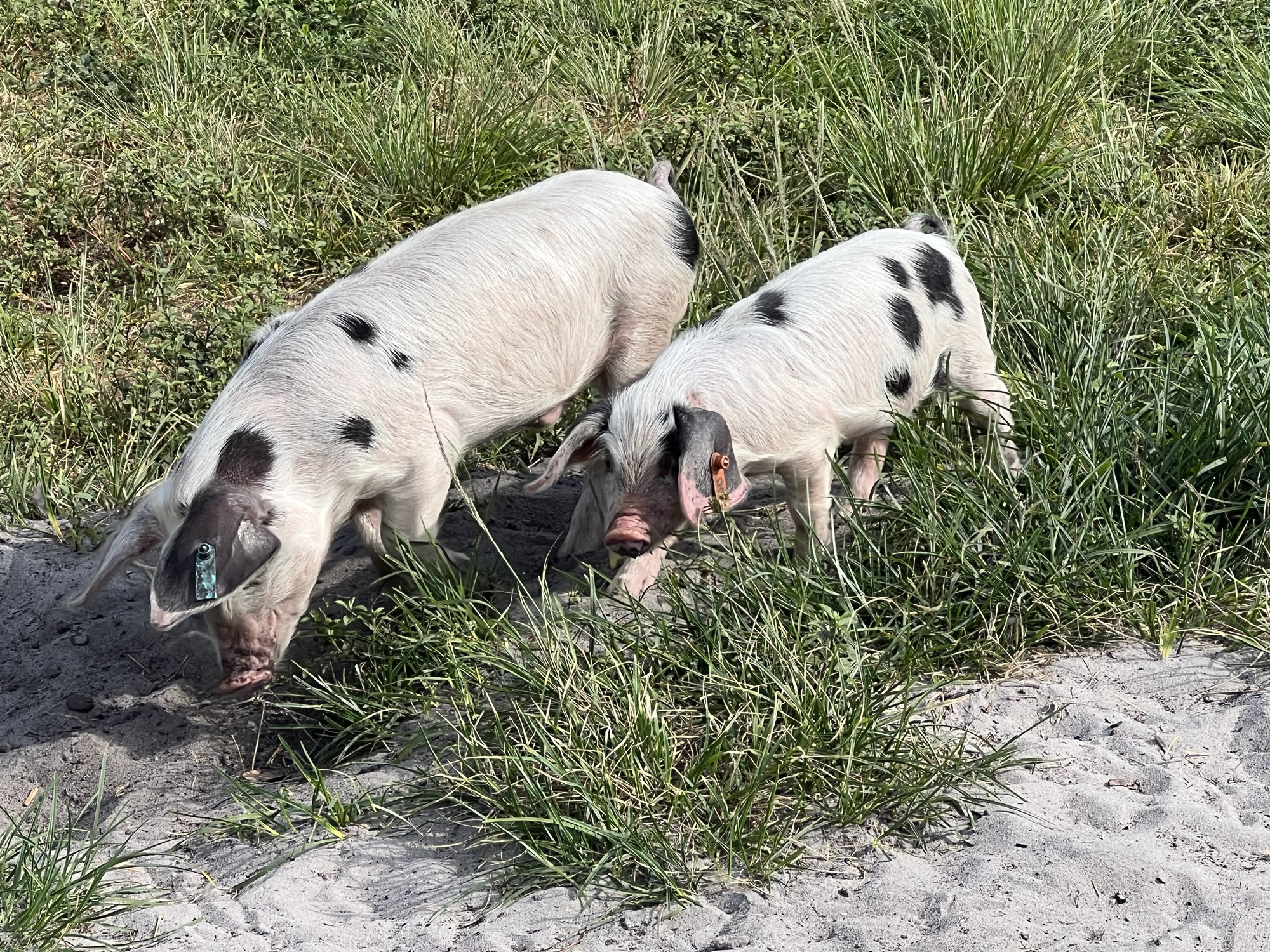
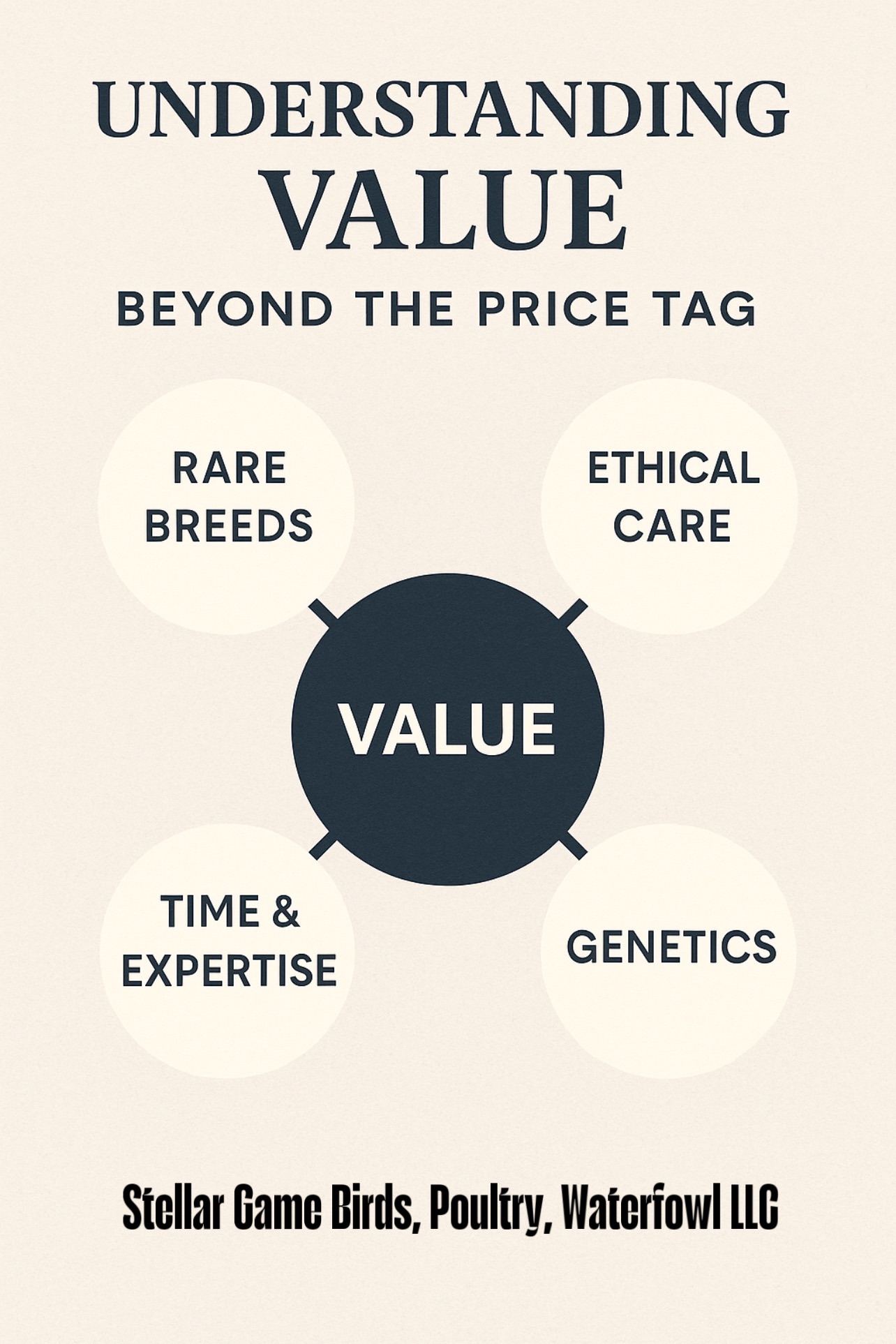
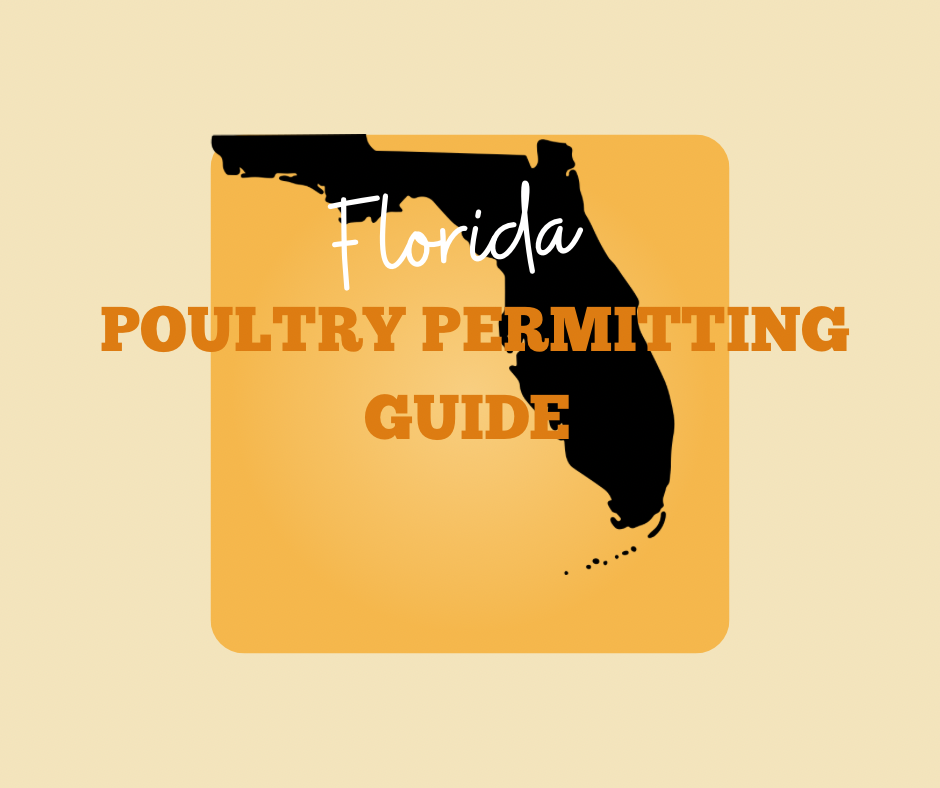
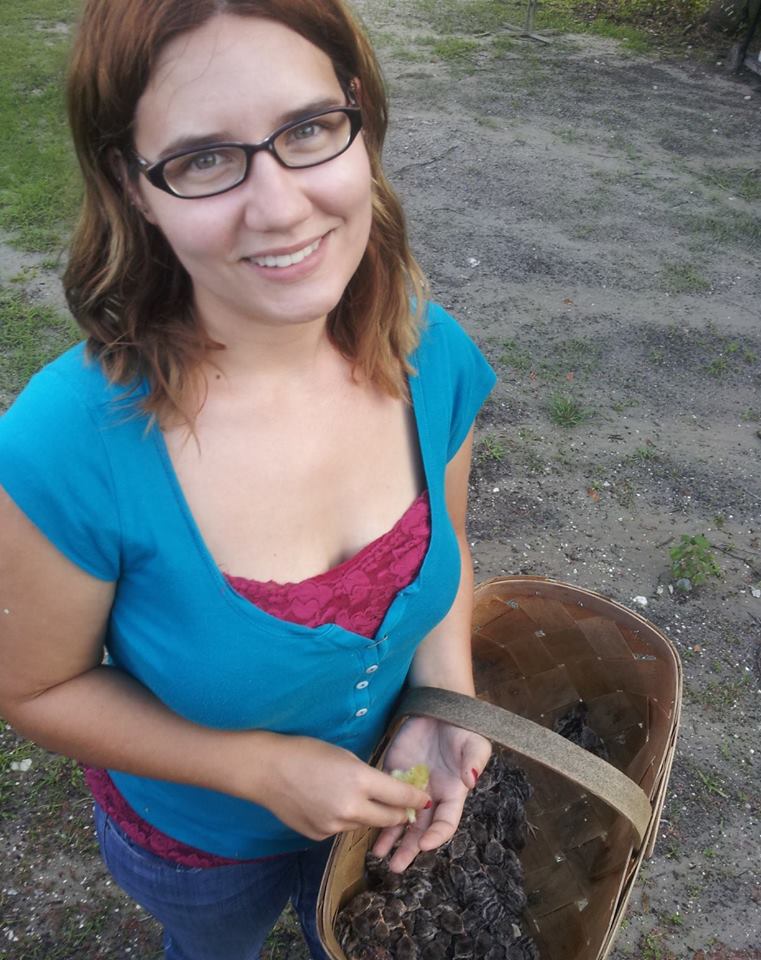



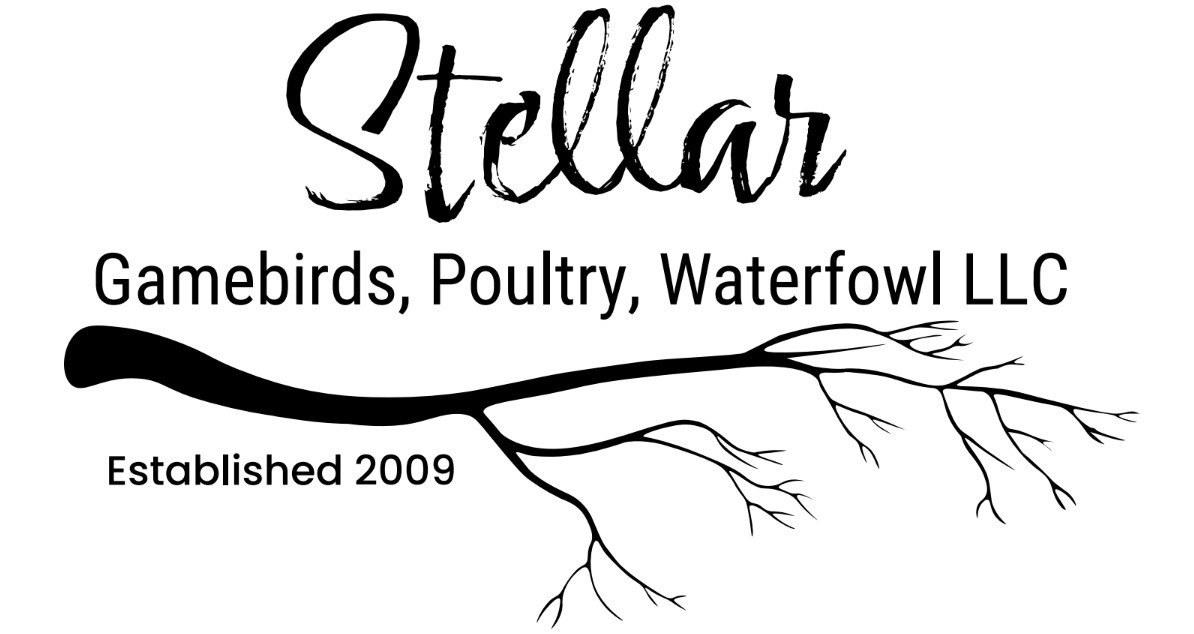

Recent Comments